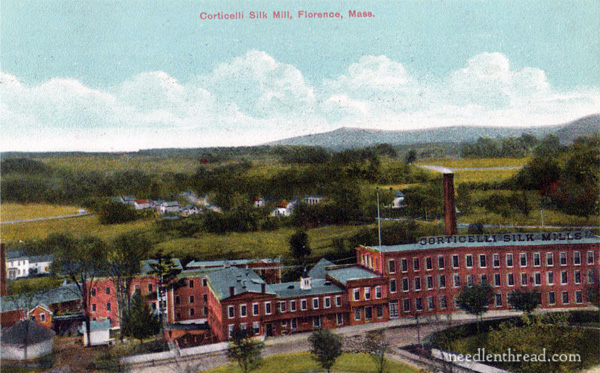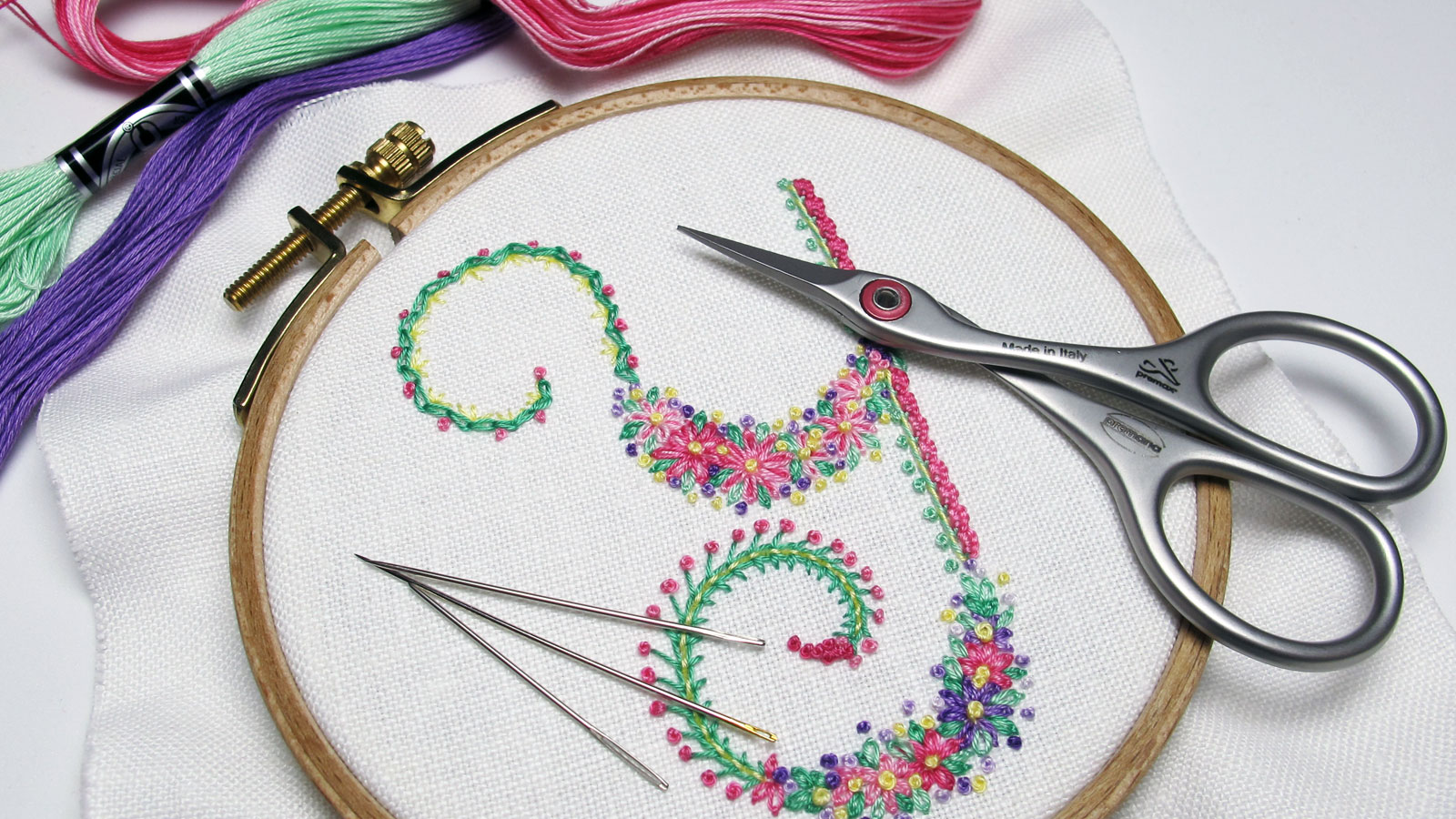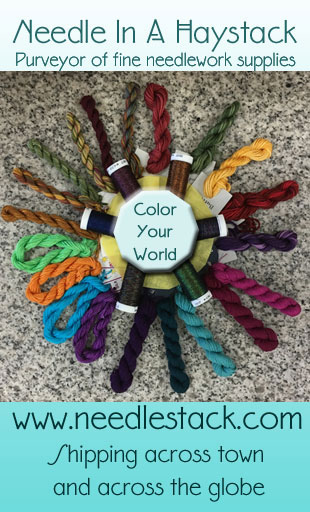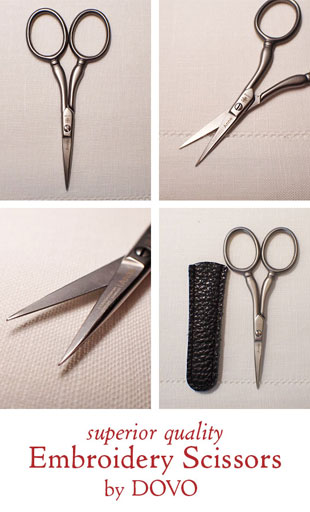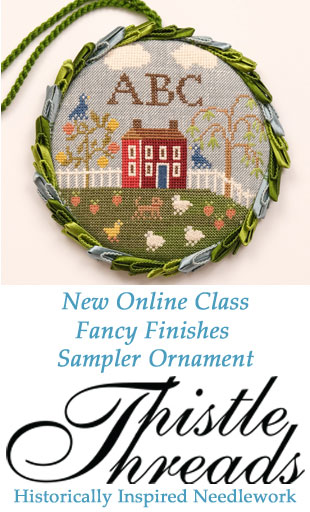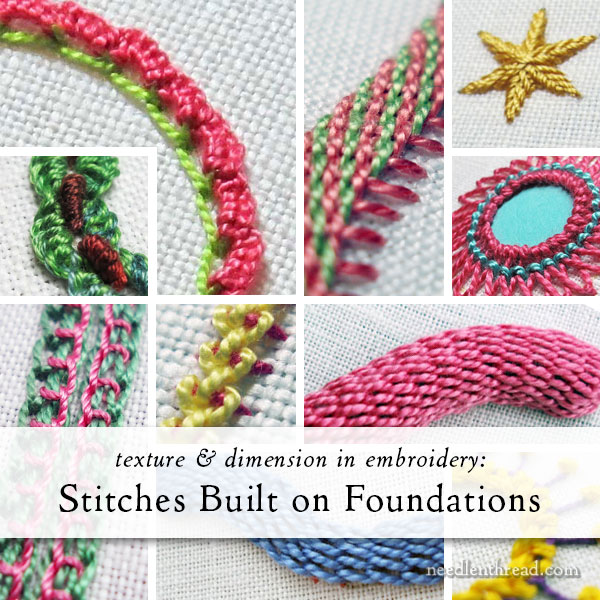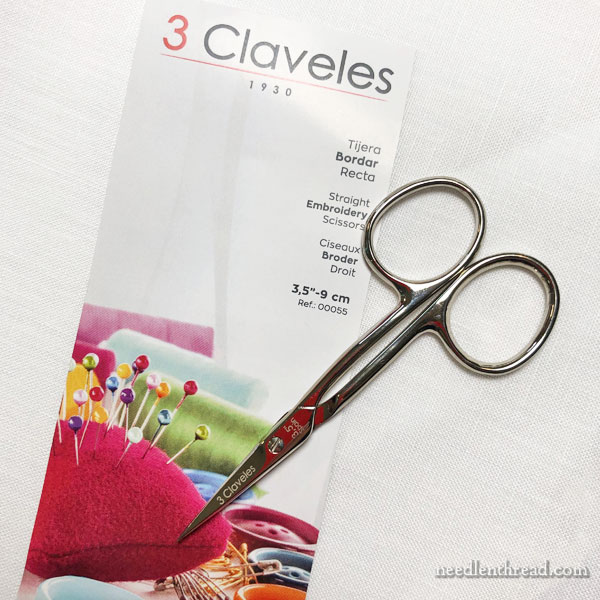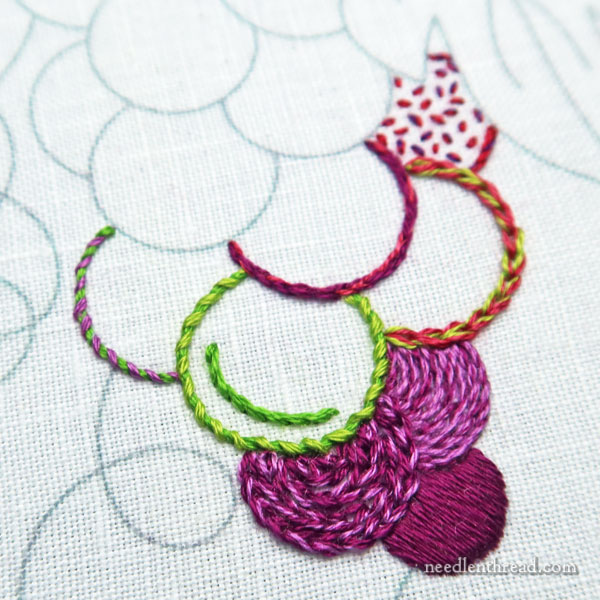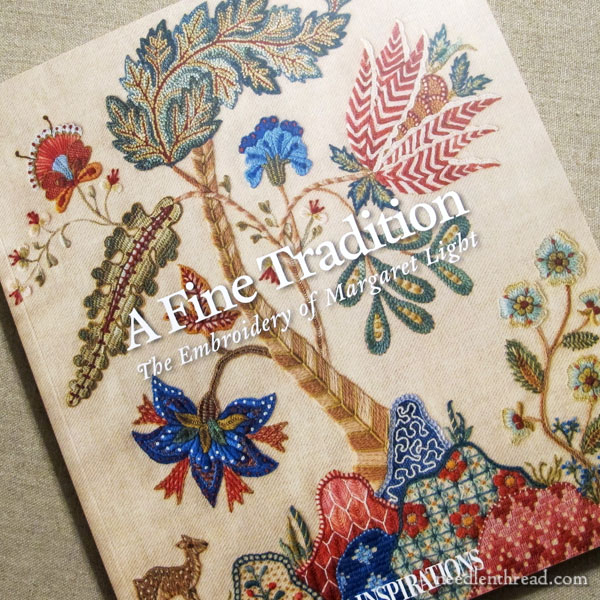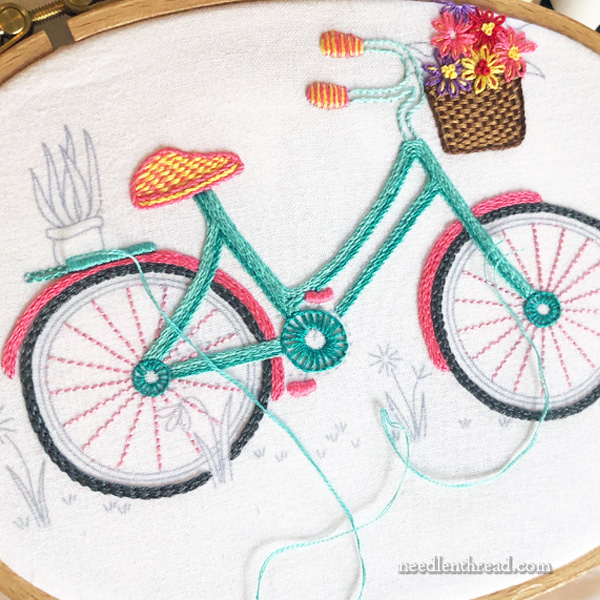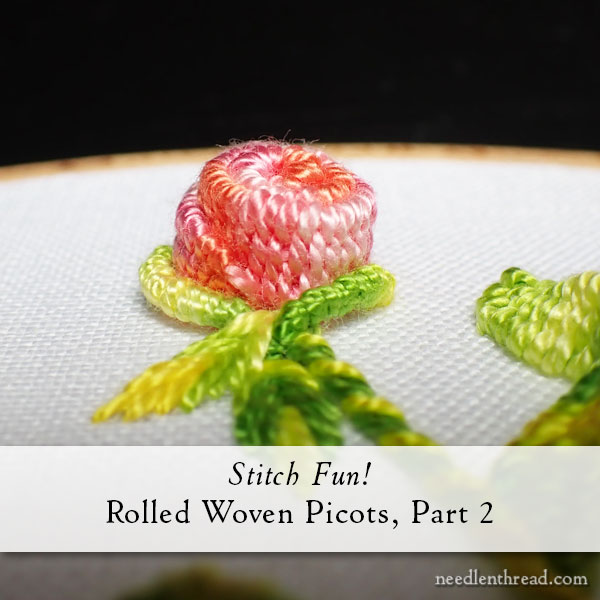August 2, 2021
Needlework History: On Mills, Floods, and Embroidery Threads
Last week, my interest was piqued by an article from Piecework that led me down the kind of rabbit hole I particularly like – the kind that involves a complicated but exciting era in US and world history, and that also involves the development (or non-development, depending on the events) of needlework and the needlework industry.
The Industrial Era was a crazy time in history, really, full of contradictions. Every era of history is easier to evaluate retrospectively, of course. While it is obvious that many good things sprang from the Industrial Era, or took root during that era, it was yet an era fraught with abjectly dismal circumstances and consequences in many regards.
Today, needleworkers in the US who want to work with silk obtain silk threads as imported goods. We don’t manufacture silk in the US.
During the Industrial Age, however – from the early 1800’s well into the first half of the 20th century – we actually had mills that produced embroidery silk that was popular around the world.
Initially, the silk was produced from worm to fiber, but that didn’t last long. Eventually, with the opening of Japan for trade, it made more sense to import the raw silk from Japan, where centuries of breeding and raising silk worms had already established a flourishing industry producing the best quality silk. The silk was then finished in the US into various textile-related products.
